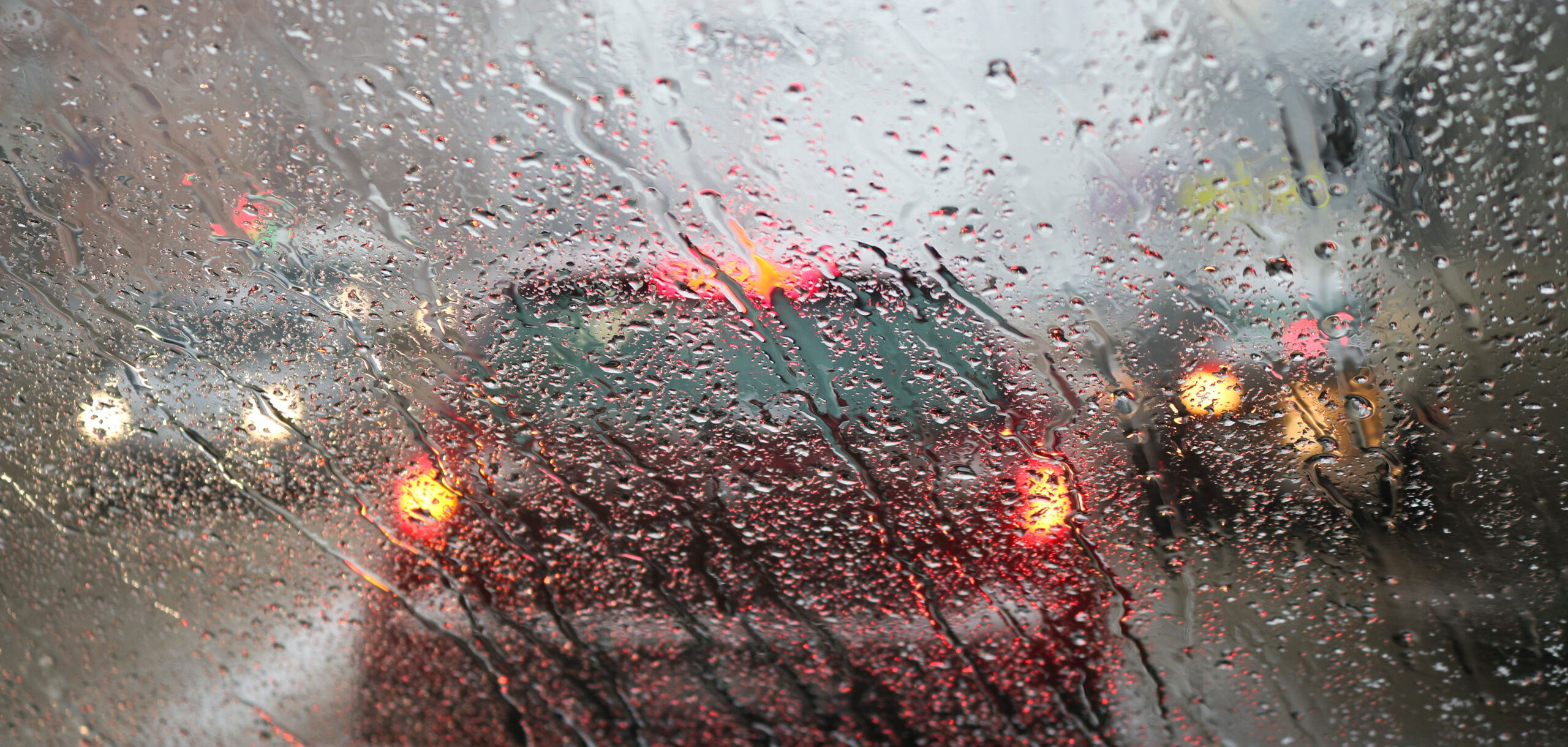Driving in heavy rain is more than just an inconvenience—it’s a serious safety risk. Wet conditions reduce visibility, decrease traction, and increase stopping distances, making collisions more likely. According to the Federal Highway Administration, nearly 75% of weather-related crashes occur on wet pavement, and 47% happen during rainfall.
To help minimize risks and keep yourself—and others—safe, here’s what you need to know before hitting the road during a downpour.
1. Slow Down and Increase Following Distance
Wet roads reduce tire grip and can double your stopping distance.
-
Drive below the speed limit if necessary.
-
Leave at least 5 seconds of following distance behind other vehicles.
-
Avoid sudden movements like sharp turns or quick lane changes.
2. Watch for Hydroplaning
Hydroplaning happens when your tires lose contact with the road and skid on a layer of water.
-
If you start to hydroplane, ease off the gas and steer gently in the direction you want to go.
-
Never slam on the brakes.
-
Ensure your tires have adequate tread and are properly inflated.
3. Use Lights, Not High Beams
Good visibility is critical.
-
Turn on your low-beam headlights to help other drivers see you.
-
Avoid using high beams, which can reflect off rain and impair vision.
4. Avoid Flooded Roads
Just six inches of water can cause loss of control, and one foot can carry most vehicles away.
-
Turn around—don’t drive through standing water.
-
Watch for road signs warning of high water or closures.
5. Maintain Your Vehicle
Preventative maintenance is key:
-
Replace worn windshield wipers and check washer fluid.
-
Ensure brakes and tires are in good condition.
-
Keep defrosters and headlights fully functional.
Driving in heavy rain demands caution, patience, and preparation. When in doubt, delay travel until conditions improve. Safety should always come first—no destination is worth the risk.

